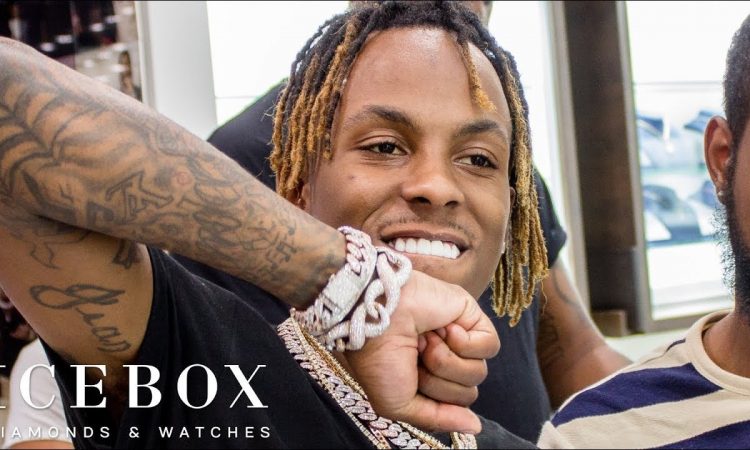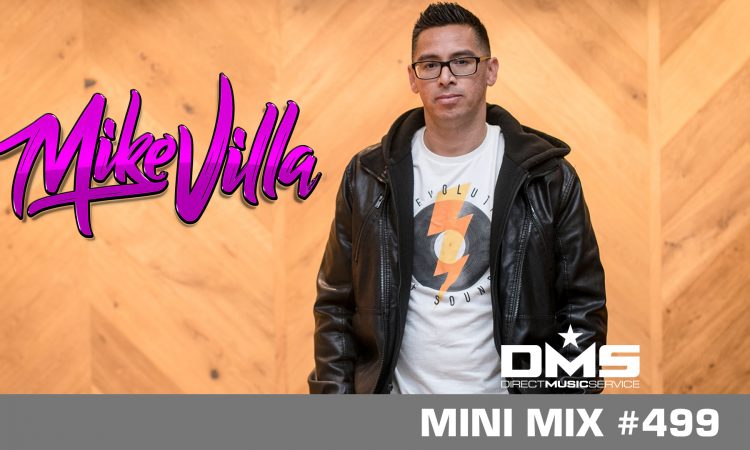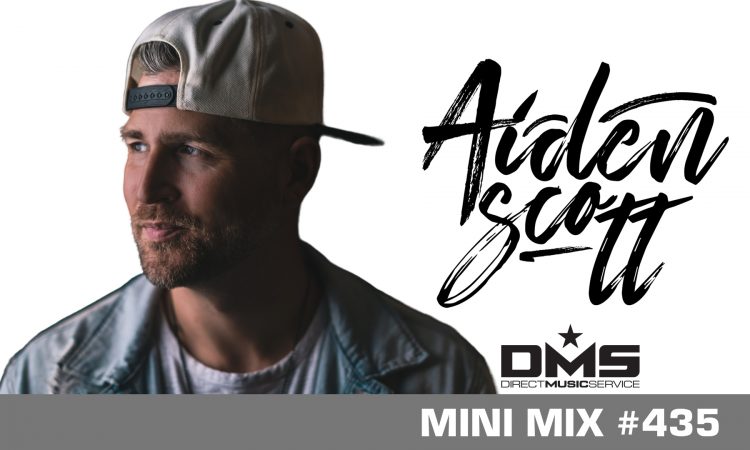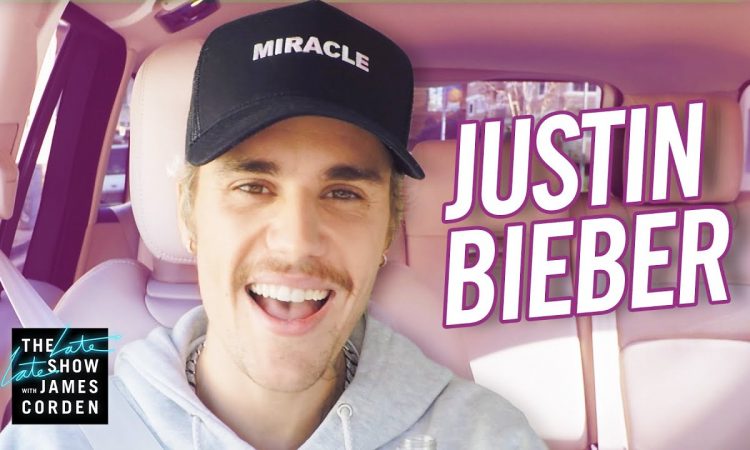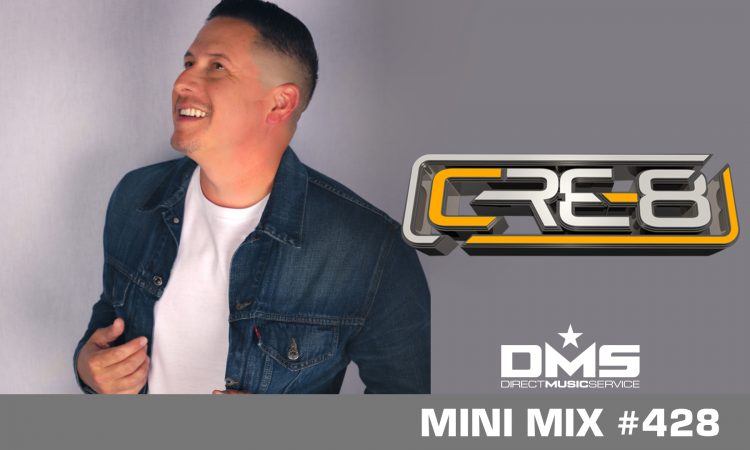“At the beginning of his new track “Theraflu,” Kanye West asks “Can my headphones go louder?” It’s a familiar request. In fact, it’s so familiar that you’d think that sound engineers would have learned to keep rappers’ headphones loud already. There are whole Facebook groups dedicated to Eminem’s famous “I have no snare in my headphones” complaint in “Cleanin’ Out My Closet” (snare volume seems to be a recurring frustration for Mr. Mathers), and Dave Chappelle wrote a brilliant sketch exclusively about the phenomenon. Watch it at read more after the jump.
The fact that these requests persist years after Chappelle’s Show proves that the turn my headphones up is much more than an isolated or thoughtless phenomenon. Some TMHU demands arise from necessity: Rapping, after all, requires a strong sense of rhythm and a firm grasp on the beat, and not being able to hear the snare in your headphones could be the difference between a hit recording and another failed take.
But even the most elementary recording equipment could snip out a TMHU. Instead, TMHU appeals are deliberately left in because they can serve a number of purposes. First, the TMHU can lend a recording a sense of (perhaps false) immediacy, suggesting that your performance was captured all in one take (which it may or may not have been). When Eminem employs a TMHU in “Cleanin’ Out My Closet,” it puts the listener right beside him in the recording-booth-as-confessional, lending a sense of intimacy to Em’s revelations about his childhood. Similarly, when The Lady of Rage asks to have her headphones turned up on 1997 track “Some Shit,” it suggests that the track is just a tossed-off freestyle to get her warmed up.
Eminem asks Dr. Dre, “Where’s my snare?”
Still from the video for Eminem’s “Cleanin’ Out My Closet.”
Not that this studio vérité approach to recording is anything new. As Slate music critic Jody Rosen pointed out to me, before about 1909 it was customary to announce all studio recordings as if they were actually live performances at the local vaudeville theater. (See, for example, this famous 1908 recording of “Take Me Out to the Ball Game,” sung by Edward Meeker.) The wish to recreate the feel of live performance is as old as recording itself. Perhaps it is no coincidence that the earliest TMHU I’ve been able to find is from A Tribe Called Quest, a group famous for placing hip-hop within the tradition of jazz, a genre associated with improvisation and live performance.
Of course, the TMHU also reminds us that the MC is in charge, that he or she is the master of ceremonies. When Mos Def uses a TMHU and asks to “turn the drums up” on “Bedstuy Parade,” it sounds as if he’s leading the band, like a hip-hop James Brown.
In this post-Chappelle’s and post-“Closet” era, the TMHU seems to have evolved from clever device to hip-hop in-joke. It can still serve all the purposes mentioned above, but by the time we have Lil Wayne singing an auto-tuned plea for more “music in the headphones, please!” you have to believe that Wayne—who has one of the best senses of humor in music—gets that this is a funny thing to do, to perform the TMHU as if it were just another part of the song. It’s true that some rappers have even been recorded asking to have their headphones turned down, but this is likely to be only the latest evolution, not a sign of the end. Even in 2012, the TMHU can be heard deployed in new recordings, the request as loud and clear as ever.”
DOWNLOAD ON DMS
Kanye West – Theraflu (Diggz Edit)
Puff Daddy ft. Notorious Big & Busta Rhymes – Victory (DIRTY)


